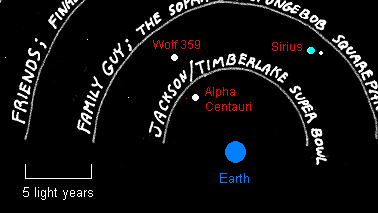408 – Big Wheel Keep On Turnin’: The Mainzer Rad

The Wheel of Mainz is an essential element of the heraldry of the German city and archbishopric of Mainz. It is a regionally prominent symbol in Rheinland-Pfalz (the Rhineland-Palatinate, one of Germany’s constituent states, or Bundesländer) and beyond, as indicated by this map. The Mainzer Rad is a silver-coloured, six-spoked wheel on a red background. The city of Mainz uses a double representation of the wheel to distinguish its Wappen (coat of arms) from that of the Kurstaat (Electorate) of Mainz, which used a single wheel.
The lack of certainty on the origins of the Wheel of Mainz has led to a wealth of theories. Among the less verifiable ones is a presumed origin in the cult of Mithras, the now extinct religion of Persian extraction that was popular throughout the Roman Empire before Christianity became the flavour of the millennium. Another one links the heraldic symbol to the equally pre-Christian worship of Mogon, a Celtic sun-god. An early Christian origin is postulated by those who see it as a stylised rendition of emperor Constantine’s heraldic use of the interwoven Greek letters chi (X) and rho (P), the first ones of the epitheton christos (‘the anointed one’).
A slightly more credible origin story, if only because it is datable to the year 975, is of when Willigis, the son of a cartwright, was elected archbishop of Mainz. He championed the Wheel as part of his heraldry to honour his modest antecedents. But since this version was popularised by the Brothers Grimm (in their Deutsche Sagen, or German Sagas), this version is probably also nothing more than a fairy-tale.
The wheel most probably refers to an attribute of Saint Martin, patron saint of the city and the Dom (cathedral) of Mainz. Certainly, imagery on a city council seal dated to around 1300 shows the saint with the double wheel since associated with the city. Furthermore, for some reason, the mediaeval archbishops of Mainz were also called currum Dei (charioteers of God). The transportational metaphors of both wheel and chariot might be reducable to the biblical vision of the prophet Ezechiel of the Chariot of God.
The importance of Mainz as a secular and religious centre doubtlessly was instrumental in the spread of the Wheel’s heraldic use far beyond the city walls. In mediaeval times, the archbishop of Mainz was the substitute of the Pope north of the Alps, making Mainz the only see other than Rome referred to as a Holy See. This religious primacy led to secular prominence as well. The archbishop of Mainz not only was a prince-bishop (i.e. a secular leader), he was also a Kurfürst (an Elector, i.e. a member of the electoral college that voted in the next German Emperor), making Mainz a Kurstaat (Electorate) on a footing similar only to Cologne and Trier. These three religious electoral states were known as Kurmainz, Kurköln and Kurtrier. The archbishop of Mainz was the most prominent, as he was also the president of the imperial electoral college, as well as the arch-chancellor of Imperial Germany until the early 19th-century involvement of revolutionary France in Germany, which would lead to the dissolution of the Holy Roman Empire in 1806.
This map shows the heraldic distribution of the Wheel of Mainz.It is used in the coat of arms of the Bundesland Rheinland-Pfalz (the state of Rhineland-Palatinate; light pink), several Landkreise (administrative districts; dark pink) around Mainz and more north in a contiguous area from Göttingen to (but not including) Weimar. It obviously also figures in the heraldry of the bishopric of Mainz (the yellow-striped area, covering also a large enclave in central Hesse), and in the coat of arms of the Eichsfeld, an area in Lower Saxony and Thuringia that has been associated with the archbishopric of Mains over several centuries. The usage of the Wheel of Mainz in the heraldry of Gemeinden (communes) and Ortsteile (administrative subdivisions) generally corresponds with the areas described above, except for a sprinkling of occurrences, mainly in northern Hesse.
This map found on this page at Wikipedia (available under the GNU Free Documentation License 1.2). Many thanks to Aleksa Jorga for suggesting it.





